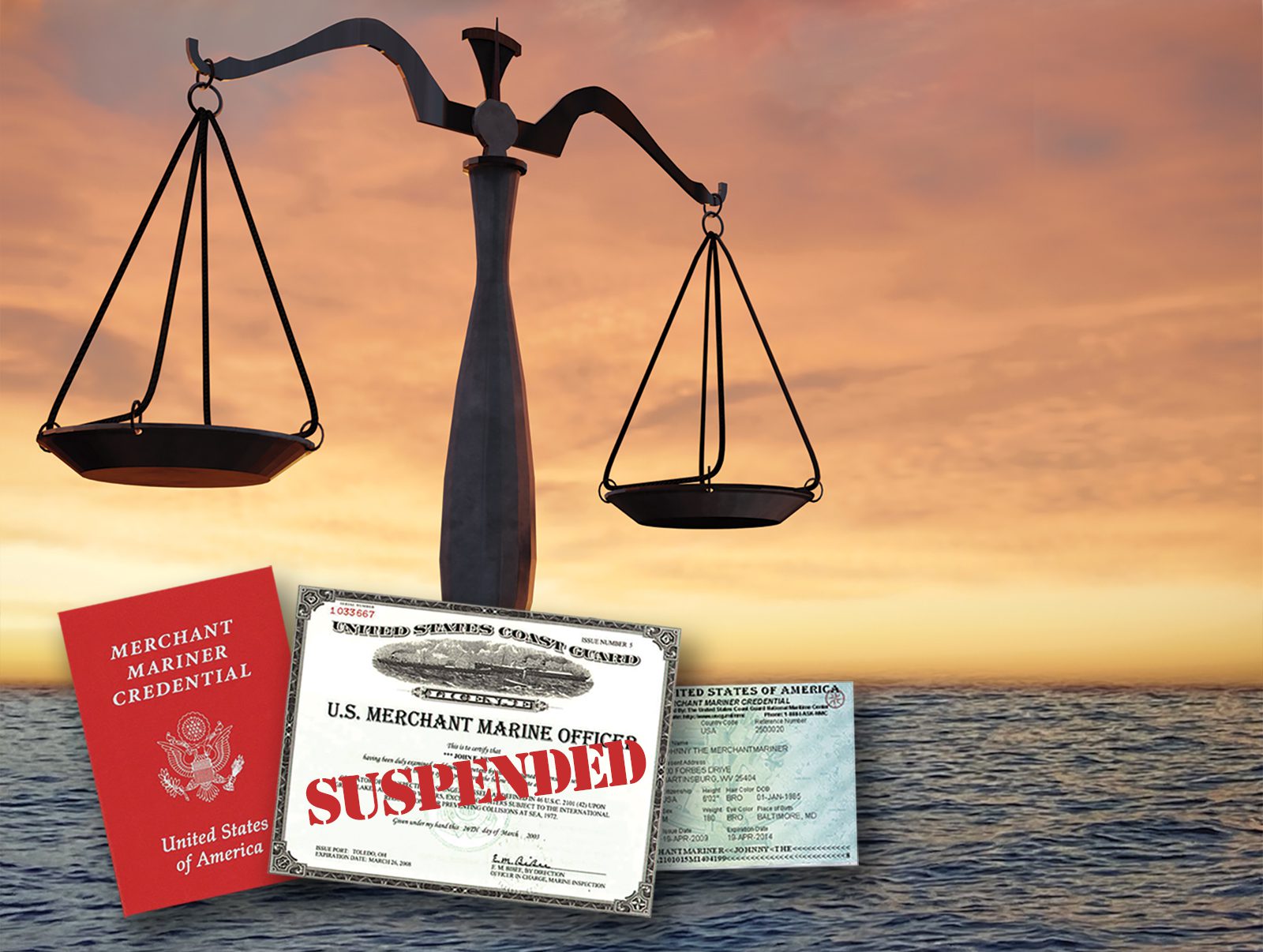Imagine this, you’ve just finished your last hitch. The sea bag hasn’t even been unpacked, and suddenly there’s no flight to catch, no watch to relieve, no next port of call to prepare for. You’re excited and maybe a little anxious about starting life shoreside. But after a few weeks of applications, the phone isn’t ringing. The emails you sent to HR are going unanswered. The jobs you thought would be waiting for you… Already filled.
This is the reality many mariners face when making the jump shoreside. The sea has given you years of discipline, leadership, and technical skills but shoreside employers don’t always know how to translate that. Add in the fact that the maritime industry can be tight-knit and insular, and the transition can take longer than you planned.
So how do you bridge that gap and set yourself up for success? It comes down to three things: connections, finances, and foresight.
1. Connections Matter More Than You Think
At sea, your reputation spreads quickly good or bad. Shoreside isn’t much different. The people already working ashore often hold the keys to opportunities you’ll never see posted on LinkedIn or a job board.
If you’re still sailing, start building those relationships now. Reach out to former shipmates who’ve gone shoreside. Stay active in professional groups, conferences, and yes, even on LinkedIn. A simple message like, “I’m looking at making the move ashore next year, would love to hear about your experience” can open doors and get you interviews.
A client and Master Mariner I know with 10yrs of experience post on LinkedIn she was looking at transitioning shoreside and her post went viral. That one post received over 300 likes, 38 comments, 25 reposts, 4 job interviews and 1 final job due to the relationships she’s made over the years.
Networking isn’t about asking for a job it’s about learning, connecting, and staying top of mind. When a shoreside manager hears about an opening, they’re far more likely to pass your name along if they know you personally. “It’s not who you know, but who knows you.”
2. Don’t Leave Your Money at the Dock
One of the most overlooked pieces of going shoreside is what happens to your company or union retirement benefits. For many mariners, that means a 401(k) or TSP, pension, or deferred compensation plan if you work for AMO, MEBA, MSC or another company.
The temptation is to cash out but that’s often the worst move, triggering taxes and penalties that eat away at years of hard-earned savings. Another option is to leave the assets in the former employer’s plan, if allowed. A third option is to move the dollars over to your new employer’s plan, if one is available and rollovers are permitted. The fourth strategy is to roll the funds into an IRA, which may provide continued tax-deferred growth and potentially more investment flexibility. For pensions, choices may include taking a monthly annuity payment, electing a lump sum payout, or, in some cases, rolling the value into an IRA along with your old 401(k).
Each choice comes with different tax, investment, and retirement income considerations. Reviewing these options with an advisor or tax professional can help determine what approach best aligns with your individual goals and circumstances.
3. Build Your Transition Fund Before You Step Off the Gangway
Even with strong connections and a well-polished résumé, landing a shoreside role may take longer than expected. Some mariners secure jobs within weeks. Others it can take six months or more.
That’s why having a “transition fund” a bucket of cash set aside before you leave the last hitch is critical. Aim for at least six months of living expenses in a high yield savings account or liquid after tax account. This fund buys you time. It prevents you from making desperate career moves or tapping into retirement accounts prematurely.
Think of it as your own personal ballast tank it keeps you stable while the seas are shifting beneath you.
The Bottom Line
Moving from sea to shoreside is one of the biggest transitions a mariner can face. It’s not just about trading steel decks for office floors it’s about redefining your professional identity, your financial strategy, and your lifestyle.
By leaning on connections, making smart choices with your retirement benefits, and keeping a strong cash buffer, you can approach this change from a position of strength rather than stress.
Because when the day comes to step off the gangway for the last time, you don’t want uncertainty to weigh heavier than your sea bag. You want a clear course of action toward the next chapter of your career and life ashore.
Here at Shoreside Wealth Management we are a financial team that specializes in the Maritime Industry and the unique challenges our maritime clients face. Reach out to us at Shoreside Wealth Management for fair winds, a collaborative relationship and a well-charted course toward tax smart financial planning. We want to help Seafarers and add value, so reach out today for a complimentary, no obligation consultation.
www.shoresidewealth.com
Securities and advisory services offered through LPL Financial, a registered investment advisor, Member FINRA/SIPC. Shoreside Wealth Management is a separate entity from LPL Financial.
Tags:

 Join The Club
Join The Club











